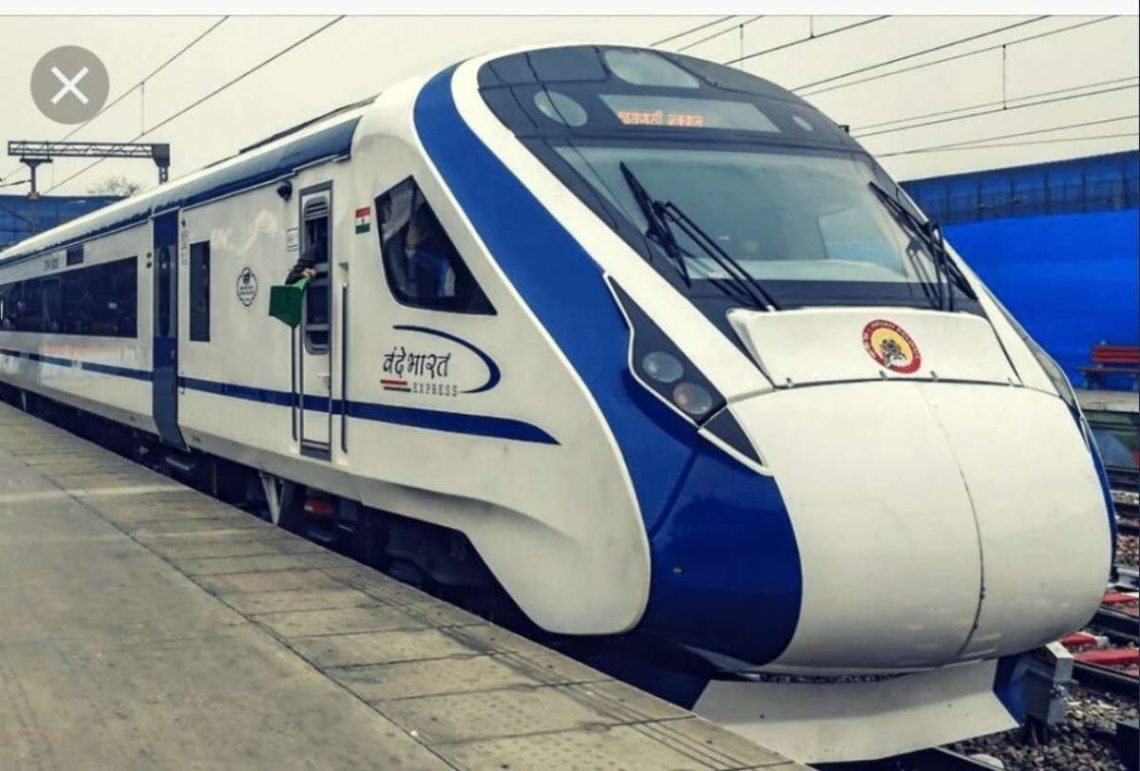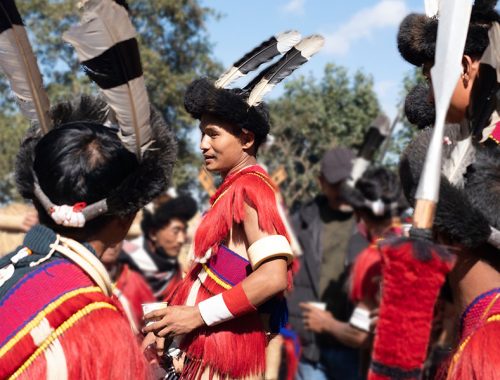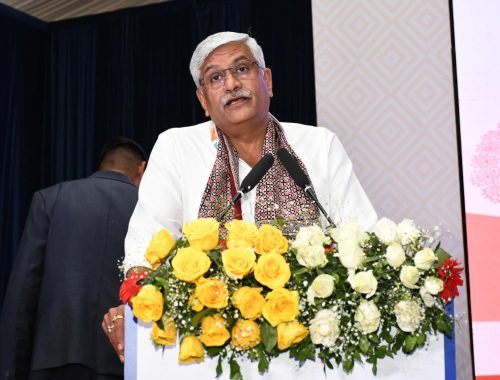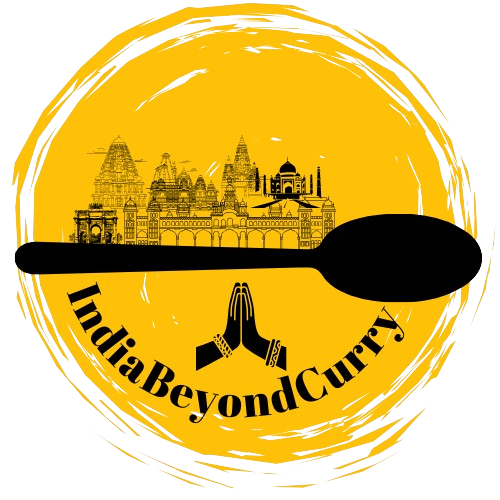
India’s New Vande Bharat Routes: Connecting Heritage Cities Faster Than Ever
India’s railway network is experiencing a major transformation with the Vande Bharat Express trains. These semi-high-speed trains are making it easier and faster than ever to explore the country’s rich heritage and cultural treasures. As of September 2025, 76 Vande Bharat trains are running across India, connecting major heritage cities and tourist destinations with speed, comfort, and modern amenities.
If you love exploring India’s historical sites, ancient temples, and cultural landmarks, the expanding Vande Bharat network is changing the way you can travel. Let’s look at how these trains are revolutionizing heritage tourism in India.
What Makes Vande Bharat Express Special?
Before we talk about the routes, here’s what makes these trains different from regular trains:
- Speed: Can reach up to 180 km/h, though most routes operate at 160 km/h
- Travel Time: Cuts journey time significantly between cities
- Comfort: Modern air-conditioned coaches with comfortable seating
- Amenities: Wi-Fi connectivity, automatic doors, GPS-based passenger information, and bio-vacuum toilets
- Safety: Many routes have the Kavach safety system for collision-free travel
- Made in India: Completely designed and manufactured in India under the Make in India initiative
- Two Classes: Chair Car (CC) and Executive Chair Car (EC) for different budgets
Key Heritage Routes on Vande Bharat Network
1. Delhi to Varanasi Route
The very first Vande Bharat route launched in February 2019 connects Delhi with Varanasi, one of India’s oldest living cities. This route has become extremely popular with pilgrims and heritage travelers.
What You Can Explore:
- The ancient ghats of Varanasi along the Ganges River
- Kashi Vishwanath Temple, one of the most sacred Hindu temples
- Sarnath, where Buddha gave his first sermon
- Traditional Banarasi silk weaving centers
Travel Benefit: What used to take 8-10 hours by regular trains now takes much less time, making same-day trips possible.
2. Varanasi to Agra Route
This route directly connects two UNESCO World Heritage cities. The service started in September 2024 and operates daily except Fridays, taking about 7 hours.
Heritage Highlights:
- Taj Mahal in Agra, one of the Seven Wonders of the World
- Agra Fort, a massive red sandstone fort complex
- Fatehpur Sikri, a perfectly preserved Mughal city
- From Varanasi, access to ancient Buddhist sites
Why It Matters: This route makes it easy to combine spiritual Varanasi with Mughal Agra in one trip, two very different aspects of Indian heritage.
3. Jaipur Connected Routes
Jaipur, the Pink City and capital of Rajasthan, is now connected through multiple Vande Bharat routes:
Udaipur to Jaipur: Connects the City of Lakes with the Pink City Ajmer to Jaipur routes: Easy access from Delhi and other cities
What Travelers Gain:
- Quick access to Amber Fort, City Palace, and Hawa Mahal in Jaipur
- Connection to Udaipur’s palaces and lakes
- Easy reach to Ajmer’s Sufi shrine and Pushkar’s temples
- Ability to explore multiple Rajasthani heritage sites in one journey
4. Delhi to Ayodhya Route
The Anand Vihar Terminal to Ayodhya Cantt route connects Delhi with the ancient city that has gained renewed importance as a pilgrimage center.
Heritage Significance:
- Newly inaugurated Ram Mandir (temple)
- Ancient city mentioned in the Ramayana
- Archaeological sites dating back centuries
- Traditional temple architecture and cultural practices
5. Delhi to Mata Vaishno Devi Katra
This route makes the journey to one of India’s most visited pilgrimage sites much more comfortable. The train runs all days except Tuesdays, departing at 6:00 AM.
Travel Advantages:
- Direct connection to the base of Vaishno Devi shrine
- Scenic route through northern India
- Comfortable journey before the temple trek
- Easier access for elderly pilgrims and families
6. Southern Heritage Circuits
The Vande Bharat network has strong coverage in South India, connecting several heritage-rich cities:
Chennai to Mysuru: Links Tamil Nadu’s capital with Karnataka’s cultural capital Chennai to Coimbatore: Connects multiple temple towns Mangalore to Thiruvananthapuram: Runs along the scenic Kerala coast Mangalore to Madgaon: Links Karnataka with Goa’s heritage sites Coimbatore to Bengaluru: Business and heritage connection
Heritage Treasures on These Routes:
- Mysuru Palace, one of India’s most visited monuments
- Ancient temples of Tamil Nadu including Madurai, Thanjavur, and Kanchipuram
- Kerala’s backwaters, temples, and colonial heritage in Fort Kochi
- Goa’s Portuguese churches and colonial architecture
- Coorg’s coffee plantations and hill stations
7. Eastern India Heritage Routes
Ranchi to Howrah: Connects Jharkhand with West Bengal’s capital New Jalpaiguri to Guwahati: Opens up Northeast India
Why These Matter:
- Access to Kolkata’s colonial architecture and cultural sites
- Gateway to Darjeeling and Sikkim’s Buddhist monasteries
- Connection to Kaziranga National Park and Assam’s culture
- Easier exploration of lesser-known Northeast heritage
8. Western India Circuits
Mumbai to Gandhinagar: Connects Maharashtra and Gujarat’s capitals Mumbai to Madgaon (Goa): Beach and heritage connection Mumbai to Shirdi: Direct route to the famous pilgrimage center Jodhpur to Ahmedabad region: Rajasthan-Gujarat heritage corridor
Heritage Benefits:
- Mumbai’s Gateway of India, Elephanta Caves, and colonial architecture
- Gujarat’s step wells, temples, and Gandhi’s birthplace
- Goa’s Portuguese heritage and beach culture
- Shirdi’s Sai Baba temple and surrounding sites
How Vande Bharat is Changing Heritage Tourism
1. Same-Day Heritage Trips are Now Possible
Earlier, visiting cities like Agra from Delhi meant either a very early morning departure or an overnight stay. With Vande Bharat, you can leave in the morning, spend the day exploring, and return the same evening. This works for:
- Delhi to Agra day trips
- Bengaluru to Mysuru visits
- Mumbai to Shirdi pilgrimages
- Chennai to Coimbatore temple tours
2. Multi-City Heritage Circuits Become Easier
The expanding network allows travelers to plan multi-city heritage tours more efficiently. For example:
- Delhi → Varanasi → Agra circuit covering spiritual and Mughal heritage
- Jaipur → Udaipur → Ajmer Rajasthan heritage loop
- Chennai → Mysuru → Coimbatore South Indian temple and palace tour
3. Comfort Attracts More Heritage Travelers
The modern amenities mean that elderly travelers, families with children, and international tourists who were hesitant about long train journeys are now choosing Vande Bharat for heritage tourism.
4. Reduces Pressure on Flights
For distances of 200-500 km, Vande Bharat is becoming a preferred choice over flights because:
- Station-to-station travel means you reach city centers directly
- No check-in hassles or baggage restrictions
- More comfortable than bus travel
- More economical than flights for families
5. Boosts Local Heritage Tourism
Cities connected by Vande Bharat are seeing increased tourist footfall. Local guides, hotels, restaurants, and craft markets near heritage sites are benefiting from the easier accessibility.
Planning Your Heritage Trip on Vande Bharat
Booking Tips
- Book tickets through the IRCTC website or app well in advance, especially for popular routes
- Weekend and festival season trains fill up quickly
- Executive Chair Car offers more space and comfort for a higher price
- Check train schedules as most Vande Bharat trains run 6 days a week (with one weekly off day)
What to Expect Onboard
- Comfortable reclining seats with adequate legroom
- Charging points for phones and laptops
- Clean, modern bio-vacuum toilets
- Automatic doors and temperature-controlled compartments
- Pantry services offering meals and snacks
- Smooth ride with minimal noise
Travel Time Comparisons
Here are approximate travel times on some key heritage routes (times may vary by specific train and route):
- Delhi to Varanasi: Around 8 hours (compared to 8-12 hours on regular trains)
- Varanasi to Agra: About 7 hours
- Delhi to Jaipur: Around 3.5-4 hours
- Delhi to Ayodhya: Approximately 6-7 hours
- Chennai to Mysuru: About 5-6 hours
- Mumbai to Goa: Around 8-9 hours
Also Read: Pushkar Camel Fair 2025: A Complete Travel Guide
Future Expansion Plans
The Indian Railways has ambitious plans to expand the Vande Bharat network further. More heritage cities are expected to be connected in the coming years, including:
- Additional routes to temple towns across India
- Better connectivity to Buddhist circuit locations
- More coastal heritage routes
- Connection to hill station heritage sites
Tips for Heritage Travelers Using Vande Bharat
1. Plan Station-to-Site Logistics
While Vande Bharat gets you to the city quickly, plan your local transport in advance. Book cabs, arrange for local guides, or research public transport options from the railway station to heritage sites.
2. Time Your Visits
Many heritage sites have specific visiting hours. Check opening and closing times, and plan your Vande Bharat journey accordingly. For example, the Taj Mahal is closed on Fridays, so avoid planning Agra trips on that day.
3. Combine Rail and Road
For some heritage circuits, you can use Vande Bharat for the main connection and local transport for nearby sites. For instance, take Vande Bharat to Jaipur and then do day trips to Amber Fort, Nahargarh Fort, and surrounding areas.
4. Travel Light but Prepared
Vande Bharat has good luggage space, but traveling light makes heritage site visits easier. Carry:
- Comfortable walking shoes (heritage sites involve a lot of walking)
- Sun protection (hat, sunscreen, sunglasses)
- Water bottle (can be refilled onboard)
- Power bank (though trains have charging points)
- Camera or phone with enough storage for photos
5. Book Heritage Hotels in Advance
Cities on Vande Bharat routes are seeing increased tourist traffic. Book your accommodations, especially heritage hotels and hotels near monuments, well in advance during peak tourist seasons.
The Cultural Impact
The Vande Bharat Express is doing more than just moving people faster. It’s making India’s incredible heritage more accessible to:
- Domestic tourists who can now afford time-efficient heritage tours
- International travelers who want to see multiple sites in limited vacation time
- Students and researchers studying Indian history and culture
- Elderly pilgrims who can now travel in comfort to religious sites
- Families who want to introduce children to India’s cultural wealth
The trains are also creating economic opportunities in heritage towns. Local artisans, guides, hotels, and restaurants are seeing more business. This increased tourism is also encouraging better preservation and maintenance of heritage sites.
Sustainable Heritage Tourism
Vande Bharat trains are electrically powered, making them more environmentally friendly than car or bus travel for the same distance. For conscious travelers who want to minimize their carbon footprint while exploring India’s heritage, these trains offer a sustainable option.
Takeaway
The Vande Bharat Express network is revolutionizing how we experience India’s rich heritage. From the ancient ghats of Varanasi to the majestic forts of Rajasthan, from the temples of South India to the Mughal monuments of the North, these trains are making it faster, more comfortable, and more convenient to explore the incredible diversity of Indian culture and history.
So pack your bags, book your tickets, and get ready to experience India’s magnificent heritage in comfort and style aboard the Vande Bharat Express. The journey itself becomes part of your heritage experience, connecting you to India’s past, present, and future in the most modern way possible.
Frequently Asked Questions (FAQs)
Can I book Vande Bharat tickets online?
Yes, you can book Vande Bharat Express tickets online through the official IRCTC website or mobile app. You can also book through authorized travel agents and at railway reservation counters. Online booking is recommended as these trains fill up quickly, especially on weekends and during festival seasons.
How fast does the Vande Bharat Express train travel?
Vande Bharat trains can reach speeds of up to 180 km/h. However, most routes currently operate at speeds of 130-160 km/h depending on track conditions and route requirements. Despite not running at maximum speed on all sections, these trains are significantly faster than conventional trains on the same routes.
Which Vande Bharat route is best for heritage tourism?
Several routes are excellent for heritage tourism. The Delhi-Varanasi-Agra circuit is perfect for combining spiritual and Mughal heritage. The Rajasthan routes connecting Jaipur, Udaipur, and Ajmer offer rich royal heritage. South Indian routes like Chennai to Mysuru provide access to temple architecture and palace heritage. Your choice depends on which aspect of Indian heritage interests you most.
Do Vande Bharat trains run daily?
Most Vande Bharat trains operate 6 days a week with one weekly off day. The off day varies by route. For example, some trains don’t run on Tuesdays, others on Fridays. Always check the specific train schedule on IRCTC before planning your trip, as schedules can change.
Are meals included in Vande Bharat ticket prices?
No, meals are not automatically included in the ticket price. However, Vande Bharat trains have onboard pantry services where you can purchase meals, snacks, tea, coffee, and beverages. Some passengers prefer bringing their own food. The trains also allow food delivery at stations through apps, though you need to time your order with station stops.
(Featured image taken from pib.gov.in)
Khushi Jha
I am Khushi Jha, a proud alumna of Delhi University with a degree in History and Political Science. My fascination with the events that have shaped our world drives me every day. Currently, I am pursuing my Master’s in History, diving even deeper into global dynamics and the incredible heritage of India. I firmly believe that India's rich heritage deserves wider recognition. I strive to bring its stories to the forefront, ensuring they are celebrated and acknowledged on a global stage. I have written extensively across various niches, including fashion, health, lifestyle, real estate, hospitality, amongst others. In my free time, you’ll find me immersed in books, both fiction and non-fiction, or simply enjoying some much-needed rest.
You May Also Like

Top Ancient Indian History Books for Enthusiasts and Aspirants
August 24, 2024
Moatsu Festival 2025: A Celebration of Ao Naga Culture in Nagaland
May 3, 2025


